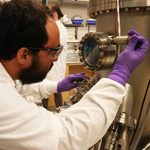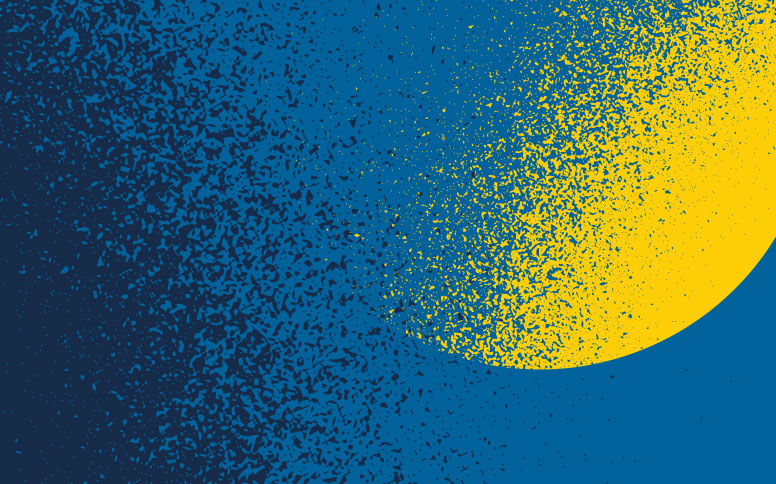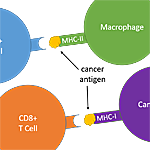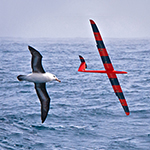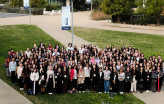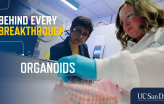Physicists ‘Condense’ Diversity, Outreach, Blue Jeans’ Dye in NSF Research
Like consumers investing in a pair of body-shaping jeans, the National Science Foundation (NSF) invests in basic research and people to mold the future. So, the government agency awarded more than $500,000 to the University of California San Diego and the University of Texas at San Antonio (UTSA) to study, for the first time, the exploration of the electronic and magnetic behavior of one-dimensional (1D) metallic chains. In this case, these are ultra-short chains of atoms that can be fabricated using organic molecules called metallo-phthalocyanine (MPc)—flat molecules with a metal atom at the center commonly used in dyes present in the color of blue denim. The findings could lead to the development of new, smaller and faster electronic devices that can be used in computer memories, as well as to promising careers for future scientists.
